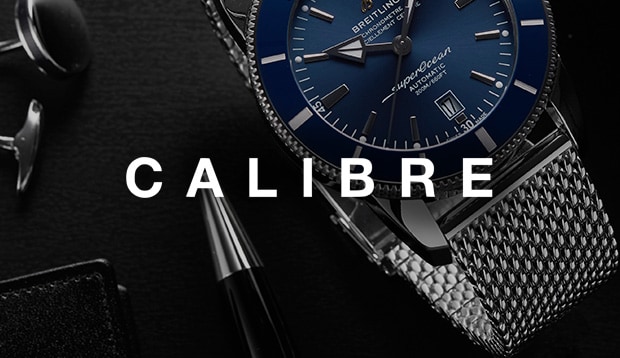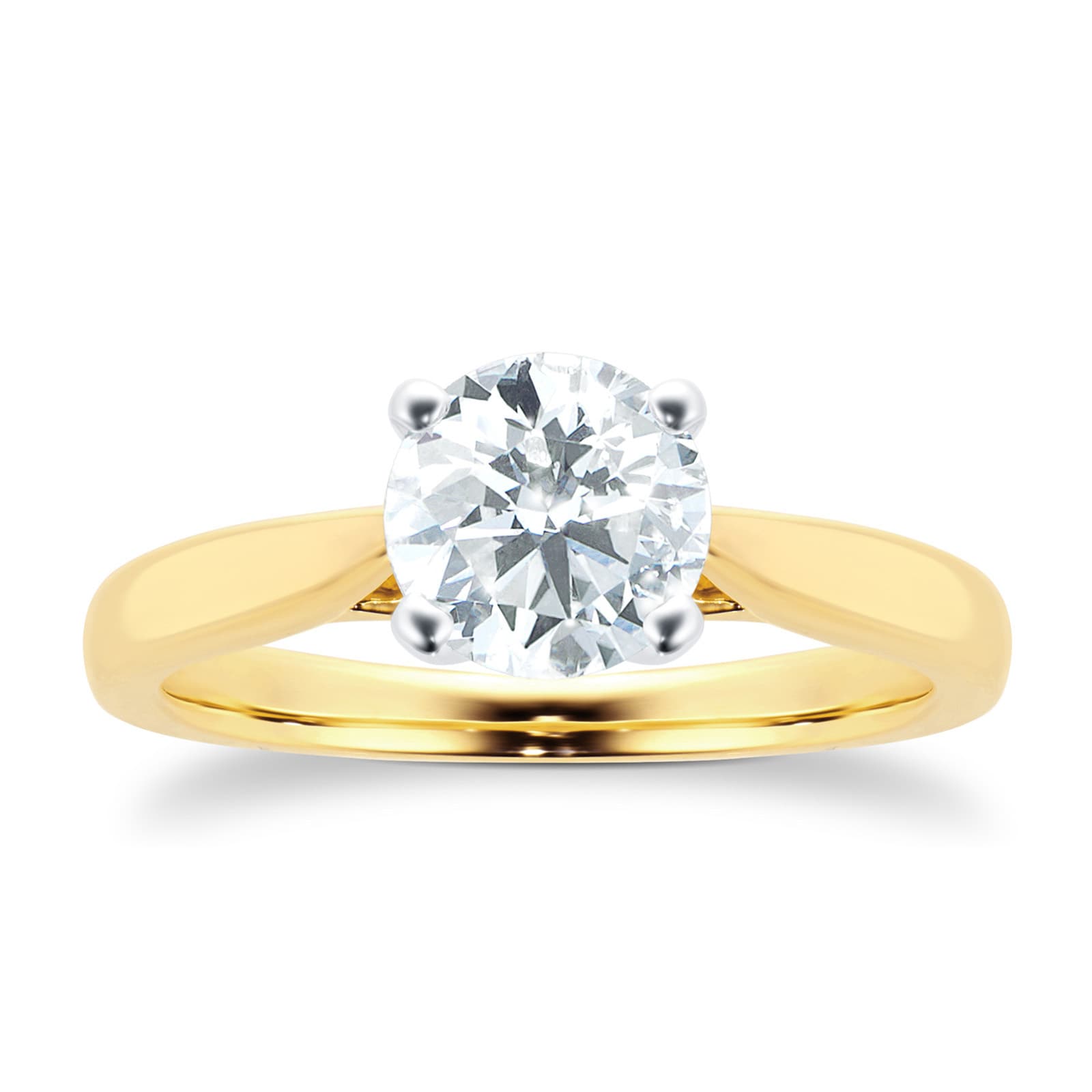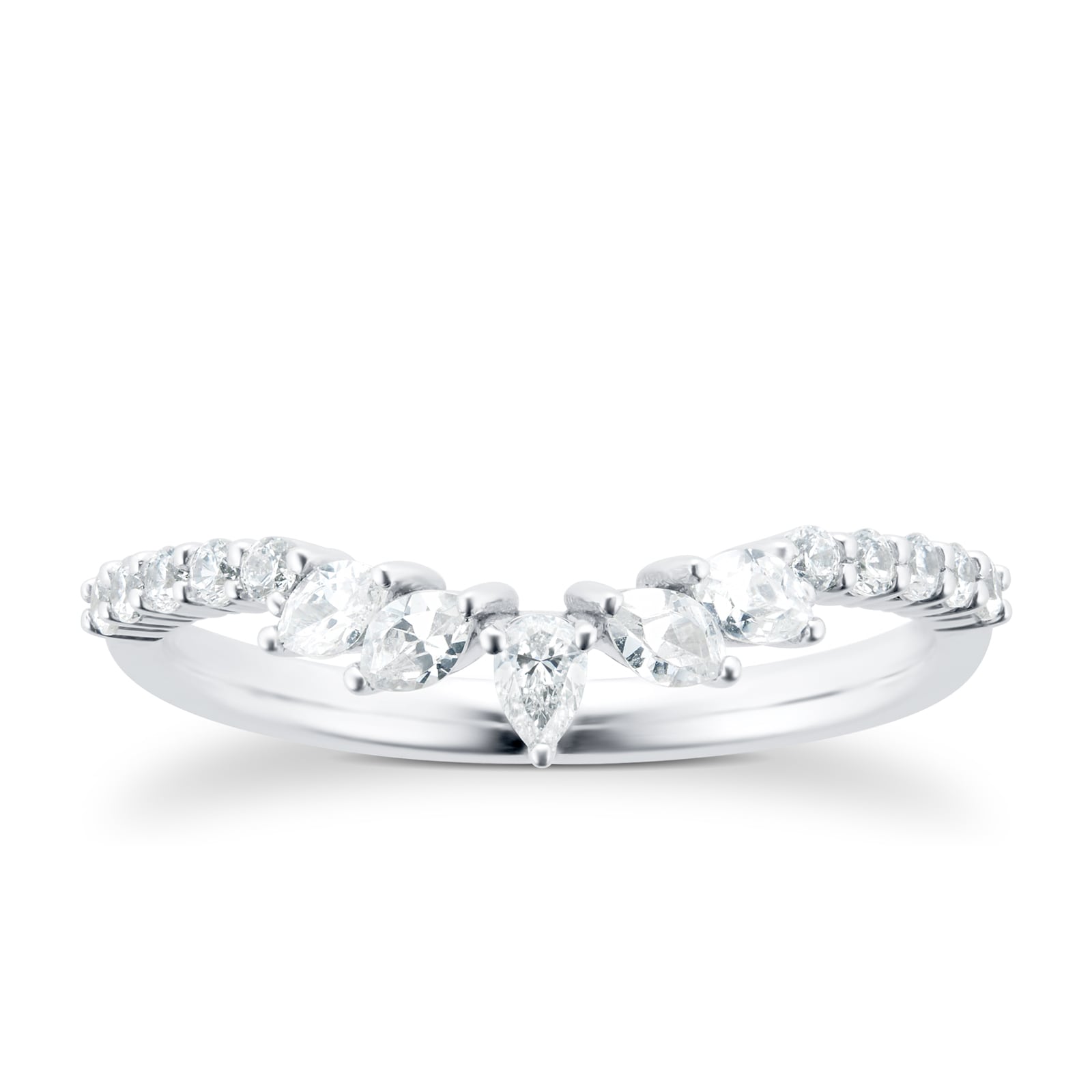-
SALE
Sale JewellerySale WatchesBy Price
-
Diamonds
By Category
-
Engagement
By Category
-
Weddings
Featured
- Jewellery
By CategoryBy Metal TypeBy GemstoneBy BrandBy Edit- Watches
By CategoryBy CollectionBy Luxury BrandBy Designer Brand- Rolex
FeaturedBy Collection- Rolex Certified Pre-Owned
- Brands
FeaturedBrands A-Z- Gifts
By CategoryBy PriceBy Popular Brand- Pre-Owned
By Brand- Sell Your Watch
Sell your watchWe will expertly assess your watch and offer you
a competitive and accurate valuation for the
watch you wish to sell to us.Free Instant Valuation
Drop off at any Showroom
Unrivalled Knowledge & Expertise- Editorial
- Jewellery
- Shop by Category
- SALE
- Diamonds
- Engagement Rings
- Weddings
-
Jewellery
- Back
- Jewellery Offers
- Shop All Jewellery
- Jewellery Home
- By Category
- By Metal Type
- By Gemstone
-
By Brand
- 886 by The Royal Mint
- Amor
- Bijoux Birks
- BOSS
- Calvin Klein
- Chopard
- Emporio Armani
- Fabergé
- FOPE
- FRED
- Georg Jensen
- Goldsmiths
- Gucci
- Jenny Packham
- Kiki McDonough
- Lauren By Ralph Lauren
- Mappin & Webb
- Marco Bicego
- MARIA TASH
- Messika
- Michael Kors
- Olivia Burton
- Pasquale Bruni
- Pomellato
- Repossi
- Roberto Coin
- Skagen
- Susan Caplan
- SUZANNE KALAN
- SWAROVSKI
- Ted Baker
- THOMAS SABO
- Tommy Hilfiger
- By Edit
-
Watches
- Back
- Watch Offers
- Shop All Watches
- Watches Home
- By Category
- By Collection
-
By Luxury Brand
- Rolex
- Rolex Certified Pre-Owned
- BALL
- Bamford
- Baume & Mercier
- Bell & Ross
- Blancpain
- Breitling
- Bremont
- Cartier
- CHANEL
- Chopard
- DOXA
- Frederique Constant
- Girard-Perregaux
- Glashütte Original
- Grand Seiko
- Gucci
- Hublot
- ID Genève
- IWC Schaffhausen
- Jaeger-LeCoultre
- Junghans
- Keris
- Longines
- MeisterSinger
- Montblanc
- Nivada Grenchen
- NOMOS Glashütte
- NORQAIN
- OMEGA
- Oris
- Panerai
- Piaget
- Rado
- RAYMOND WEIL
- TAG Heuer
- TUDOR
- Ulysse Nardin
- ZENITH
- By Designer Brand
- Rolex
- Rolex Certified Pre-Owned
-
Brands
- Back
- View All Brands
-
A-Z
- Rolex Watches
- Rolex Certified Pre-Owned
- 886 by The Royal Mint
- Accurist
- Amor
- Arnold & Son
- BALL
- Bamford
- Baume & Mercier
- Bell & Ross
- Blancpain
- Bijoux Birks
- BOSS
- Breitling
- Bremont
- BVLGARI
- Casio
- Calvin Klein
- Cartier
- Certina
- CHANEL
- Chopard
- Citizen
- Czapek
- DOXA
- Emporio Armani
- Encelade 1789
- Fabergé
- FOPE
- FRED
- Frederique Constant
- Garmin
- Georg Jensen
- Gerald Charles
- Girard-Perregaux
- Glashütte Original
- Goldsmiths
- Grand Seiko
- G-SHOCK
- Gucci
- Hamilton
- Hublot
- ID Genève
- IKEPOD
- IWC Schaffhausen
- Jacob & Co
- Jaeger-LeCoultre
- Jenny Packham
- Keris
- Kiki McDonough
- G-SHOCK
- Lauren By Ralph Lauren
- Longines
- Louis Erard
- Mappin & Webb
- Marco Bicego
- MARIA TASH
- Maurice Lacroix
- Michael Kors
- Messika
- Montblanc
- Nivada Grenchen
- NOMOS Glashütte
- NORQAIN
- Olivia Burton
- OMEGA
- Oris
- Panerai
- Parmigiani Fleurier
- Pasquale Bruni
- Piaget
- Pomellato
- QLOCKTWO
- Rado
- RAYMOND WEIL
- Repossi
- Roberto Coin
- Rolex
- Rolex Certified Pre-Owned
- Seiko
- Skagen
- Susan Caplan
- SUZANNE KALAN
- SWAROVSKI
- TAG Heuer
- Ted Baker
- THOMAS SABO
- Tissot
- Tommy Hilfiger
- TUDOR
- Ulysse Nardin
- Vivienne Westwood
- William Wood Watches
- WOLF
- ZENITH
- Gifts
-
Pre-Owned
- Back
- Shop Pre-Owned Watch Sale
- Shop All Pre-Owned
- Pre-Owned Home
- By Category
-
By Brand
- Rolex Certified Pre-Owned
- Pre-Owned Patek Philippe
- Pre-Owned TAG Heuer
- Pre-Owned Cartier
- Pre-Owned Jaeger-LeCoultre
- Pre-Owned Breitling
- Pre-Owned OMEGA
- Pre-Owned Longines
- Pre-Owned Tudor
- Pre-Owned IWC
- Pre-Owned Panerai
- Pre-Owned Blancpain
- Pre-Owned Breguet
- Pre-Owned Chopard
- Pre-Owned Rado
- Pre-Owned Vacheron Constantin
- Pre-Owned Zenith
- Sell Your Watch
- Editorial
- My Account
- Wishlist
- Store Finder
- Book an Appointment
- Help & Support
Let us help you demystify the world of jewellery jargon so that you can make more informed decisions when choosing your next piece of jewellery.

From halos and facets to pears and baguettes, and frequently used acronyms, the language of jewellery isn’t always that easy to decipher. Although there is usually an understanding of the general picture that is being verbally created, supported by a mesmerizing piece of jewellery, it’s easy to get a little lost amongst a glossary of terms that aren’t part of our every day.
We won’t bombard you with a full glossary just yet – that may be a little overwhelming! Firstly, let’s cut through the jargon of some of our buyers’ favourite pieces that we are sure will be relatable to many, and help you to understand not only the terminology, but what this means to you.
This 18ct yellow gold 1ct diamond solitaire ring pertains to our Goldsmiths Brightest Diamond collection. This luxurious classic style ring would make the perfect engagement ring, with its 88 facets inviting superb brilliance to the diamond.
What does this really mean to you?
The process of faceting applies to the way in which a rough gemstone is cut to achieve the scintillating sparkle we see in its final setting. A standard round brilliant cut diamond has 58 facets, and these smooth and angular surfaces are cut in such a way to help the diamond absorb and reflect light to optimize its sparkle. Goldsmiths Brightest Diamonds have been meticulously cut into a pattern boasting 88 facets. The depth provided by these extra facets ensures that a dazzling flow of light flows through and your diamond will shine superbly from all angles. If you’re looking for sparkle, then this ring could be for you!
This GIA certified platinum 1 carat diamond solitaire ring makes a classic statement for any bride-to-be that is looking for a single stone to be the hero of the ring.
What does this really mean to you?
The GIA (or Gemological Institute of America) is the global leading authority on diamonds. Diamonds that come with GIA certification present you with detailed overview of your diamond’s cut, colour, clarity and carat, documenting its unique characteristics so that you can make a well-informed decision on your purchase. This should not of course take away the personal feeling you may have about a particular diamond. Beauty is in the eye of the beholder, but if you seek the knowledge behind the beauty then GIA certified diamonds may be for you.
This beautiful platinum shaped wedding band features 0.75 cttw of beautiful brilliant cut diamonds that gracefully embrace the shape of your engagement ring.
What does this really mean to you?
The acronym ‘cttw’ represents ‘carats total weight’ and is sometimes used to illustrate that the carat weight specified doesn’t apply to each individual stone, it applies to the weight of the diamonds in their entirety. Therefore, in this case, the diamonds together amount to 0.75cttw. Depending on your choice of engagement ring, you make need to look at shaped wedding bands. Engagement rings with unusual settings or large central stones can struggle to sit seamlessly against a standard wedding band, leaving a small gap that might not be the finished look you seek. Our showroom experts will be happy to advise you if a shaped wedding band might be a more suitable fit and show you a selection of assorted designs.
This delicate platinum shaped wedding band is set with 0.33cttw of pear and marquise cut diamonds that present a delicate and regal silhouette.
What does this really mean to you?
If you’re looking for a shaped diamond wedding band and don’t feel like a round brilliant cut is for you then there are so many other options to explore. Here, the front of the wedding band is set with pear shaped diamonds which have a very distinguished shape with a silhouette that presents a hybrid between a round brilliant, and marquise cut stone. The marquise cut stones that surround them complement the pear shape and the elongated shape that the marquise cut possesses gives the illusion of a bigger stone. If you’re looking for a unique shaped wedding band that gives the appearance of larger stones, then this shaped band is an ideal starting point to try with your engagement ring.
These 18ct white gold diamond stud earrings and matching pendant are from our Goldsmiths Brightest Diamond collection. The 0.60cttw round halo diamond stud earrings are complemented beautifully by 0.50cttw round halo pendant and will make a timeless gift for yourself or a lucky recipient.
What does this really mean to you?
So, we’ve covered the benefits of Goldsmiths Brightest Diamond and the meaning behind cttw, but what is a halo? A halo represents a type of diamond setting that features a hero centre stone surrounded by smaller round brilliant stones that give the illusion of a larger centre stone. If you’re looking for the appearance of a large diamond but don’t have the budget to match, then explore halo designs.
These 18ct white gold 1cttw diamond solitaire stud earrings and matching solitaire 1ct diamond pendant are presented in a 4-prong setting. This classic suite of diamond jewellery exudes elegance and has a timeless appeal.
What does this really mean to you?
A solitaire refers to jewellery set with a singular diamond and is most frequently seen in engagement rings. A 4-prong setting secures the diamond in a basket-like shape, allowing light to enter from all sides of the diamond to maximise fire and brilliance. This beautiful set of diamond jewellery will sparkle effortlessly.
Explore our diamond jewellery here at Goldsmiths online or visit us in store at one of our showrooms where our jewellery experts will be delighted to help you with your choices and explain any terminology that you may not understand.
Sign Up For The Jewellery Edit Newsletter
Get a round up of the latest news and inspiration from The Jewellery Edit every month, directly to your inbox.
© 2025 Goldsmiths
Goldsmiths is a trading name of Watches of Switzerland Company Limited. Registered Office: Aurum House, 2 Elland Road, Braunstone, Leicester, LE3 1TT, Registered in England and Wales, Company number 00146087. Registered VAT Number 834 8634 04. Watches of Switzerland Company Limited acts as a broker and not a lender and offers finance from Secure Trust Bank PLC trading as V12 Retail Finance and PayPal UK Ltd, 5 Fleet Place, London, United Kingdom, EC4M 7RD trading as PayPal Credit. Watches of Switzerland Company Limited is authorised and regulated by the Finance Conduct Authority. Our registration number is 308710. *Credit is provided subject to affordability, age and status. Minimum spend applies. Terms and Conditions apply. UK residents only. Not all products are regulated by the Financial Conduct Authority and FOS protection will not be extended to unregulated agreements. Please note the Consumer Credit Act states that should your purchase / loan amount cost more than £30,000 you will not be covered under Section 75 of the Consumer Credit Act.
*Next day delivery available on most items. See product pages for more information.
















